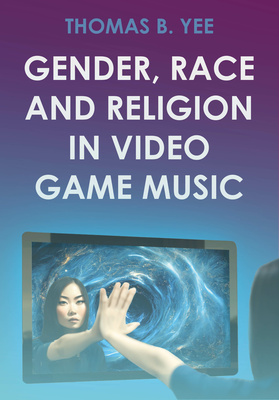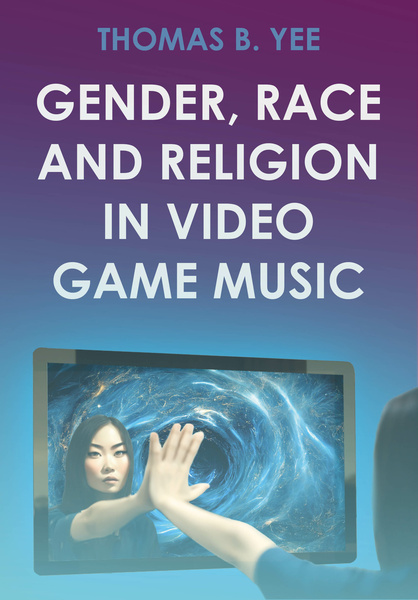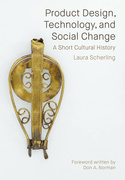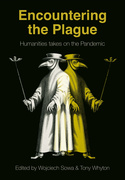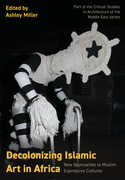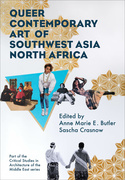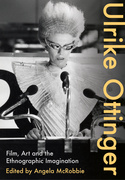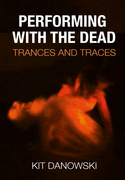Gender, Race and Religion in Video Game Music (Book)
Analyses the representation of gender, race and religion in video game music and explores three master categories of identity across 25 case studies, demonstrating the relevance of semiotic interpretation in video games to sociocultural issues and with Japanese history and culture into dialogue with each master category. 10 col. 33 b&w illus.
Edition
This book provides semiotically-focused analyses and interpretations of video game music, focusing specifically on musical representation of three demographic diversity traits. Adopting a narratologist orientation to supplement existing ludological scholarship, these analyses apply music semiotics to crucial modern-day issues such as representation of gender, race, and religion in video games.
An original and welcome contribution to the field, it considers musical meaning in relation to the aspects of gender, race, and religion. This book will help readers to develop language and context in which to consider video game music in terms of society and representation and will encourage future research in these critical areas.
Yee analyses music's contributions to video games' narrative and thematic meanings, specifically concerning three master categories of identity – gender, race and religion. Containing twenty-five detailed analytical case studies of musical representation in video game music, it sets out theoretical and conceptual frameworks beneficial for interpreting musical meaning from video game soundtracks. Though players and commentators may be tempted to view a game's soundtrack as mere 'background music', this research demonstrates video game music's social relevance as a major factor impacting players' cultural attitudes, values, and beliefs.
Part I explores immersion, interactivity and interpretation in video game music, proposing a theory of 'interpretative interactivity' to account for players' semiotic agency in dialogue with their ludic agency. Part II explores gender representation in a trajectory from conventional gender construction, alternative femininities/masculinities and potential for non-binary representational possibilities. Part III explores musical representation of nationality, culture and race, proposing the concept of 'racialised fantasy' and applying frameworks from race scholarship to connect media representations of race to real world racial justice movements. Part IV examines religion, introducing the concept of 'sonic iconography' to connect theological
meanings to the use of sacred music in video game music.
Some composers found their love of music at the symphony hearing Brahms or Beethoven – Thomas B. Yee discovered his from the beeps and boops of the family Super Nintendo. Blending the roles of composer and music theorist, Thomas' research explores music semiotics and representation of identity in video game music.
1. Introduction: Enter the Virtual
2. Ludo-Narrative Harmony – Interpretative Interactivity in Chrono Cross and Gris
3. Feminine Themings – The Construction of Musical Gendering in the Final Fantasy Franchise
4. Single Ladies and Herbivore Men: Alternative Femininities and Masculinities in Final Fantasy XIII and XV
5 Damsel No Longer: The Empowered Mezzo-Soprano Voice in Horizon Zero Dawn
6. Racialised Fantasy – Authenticity, Appropriation and Stereotype
7. Antiracist Storytelling: Representation and Diversity in Civilization VI and Overwatch
8. Sonic Iconography: The Sacred Music Topic in Lightning Returns: Final Fantasy XIII
9. Battle Hymn of the God-Slayers: Troping Rock and Sacred Music in Xenoblade Chronicles
10. Conclusion: Enter the Real
References

